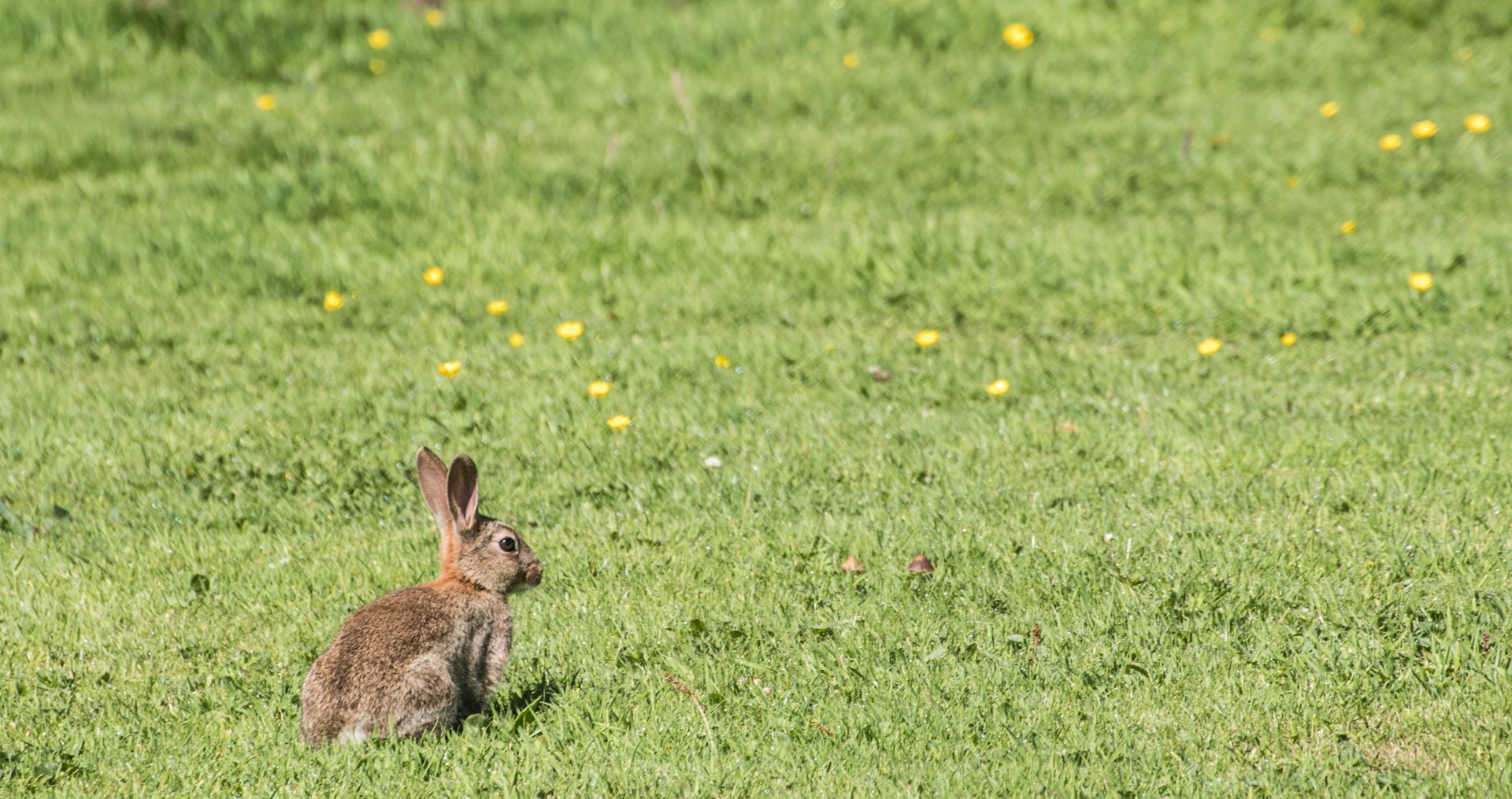Tree are susceptible to various kinds damage both naturally occurring and man-made. Trees have a thin layer of cells called the cambium that lies just beneath the bark. The cambium transports water and nutrients to and from the roots and leaves. Once the cambium is exposed or damaged, trees are vulnerable to disease and pests. Trees may weaken or completely die. Part of protecting trees is preventing animals, weather and equipment from damaging the bark and exposing the cambium.
Animals
Voles, mice, rabbits and other rodents chew on and eat the bark of young trees, especially during the winter when food is more scarce. Of all animals, Voles tend to cause the most damage because they frequently girdle trees, usually within 30 centimetres of the ground. Tree guards can block access to the tree, which prevents this kind of damage from occurring.
Equipment
Similar to animals, any damage caused to the bark can leave the cambium exposed and vulnerable. Carelessly using lawn mowers, weed trimmers and other equipment can severely damage tree trunks and branches. Some guards may also reduce this kind of damage by protecting trees from abrasion and impact.
Weather
Certain types of weather conditions can cause cracks, lesions, weak spots and many other damaging effects to trees. Sun-scalding or frost cracking are common conditions that happen when above-average temperatures (hot or cold) are concentrated in particular areas or spots on a tree. Cracks can occur when trees are warmed and then rapidly cooled. Some tree guards can minimize or protect the bark and cambium from this kind of damage by moderating the temperature of the tree.


